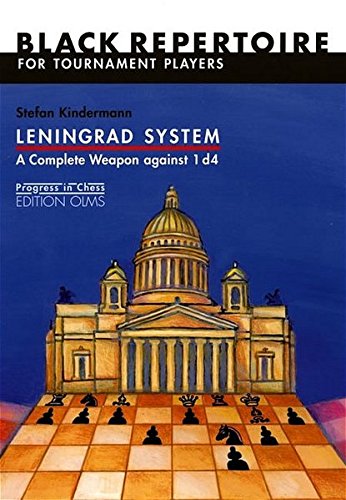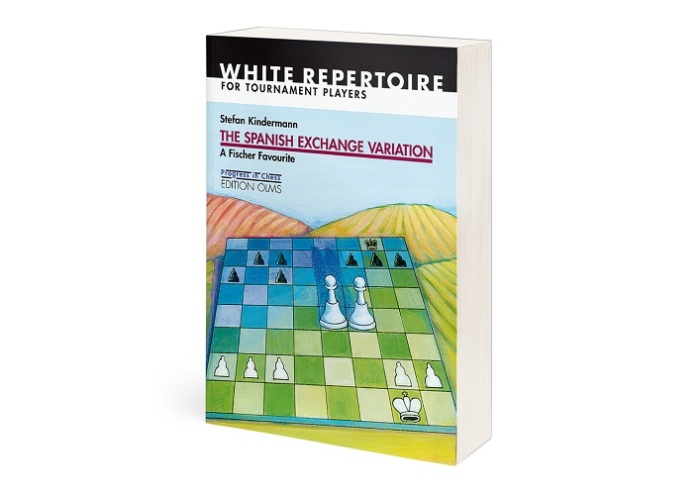Posts Tagged ‘Stefan Kindermann’
Leningrad System: A Complete Weapon against 1.d4
Leningrad System: A Complete Weapon against 1.d4
By Stefan Kindermann
Edition Olms, 2005
ISBN: 9783283004781
An unusual opening, named after a city that no longer exists.
In this well-structured book Stefan Kindermann sets out a complete defence to 1.d4, the centrepiece of his repertoire being the Leningrad Dutch with Malaniuk’s move 7…Qe8! – although, as he explains on page 11, the move may actually have been Chernin’s brainchild. (The move is played in the position arising after 1.d4 f5 2.g3 Nf6 3.Bg2 g6 4.Nf3 Bg7 5.0-0 0-0 6.c4 d6 7.Nc3.)
After a brief historical overview, we are taken on a comprehensive strategic tour, looking at typical themes and plans for White and Black. The detailed theoretical information is then set out through a series of illustrative games. Naturally, Kindermann looks at all the important and wayward and downright awkward set-ups for White: the Karlsbad Variation, characterised by 4.Nh3 intending Nf4; the system with 4.c3 and 5.Qb3, momentarily preventing castling; lines where White plays b3 or even b4, to fianchetto the queen’s bishop or begin a concerted pawn advance on the queenside; and so on. He also looks at general anti-Dutch systems at moves two (2.Nc3, 2.Bg5 and the Staunton Gambit, 2.e4) and three (for example, 2.Nf3 Nf6 3.Bg5).
In general, you have to conclude that Black comes out OK. The Leningrad Dutch itself can be characterised as a complex and indeed curious opening, which leads to positions that are difficult to handle for both sides. You could view it as a hybrid of the King’s Indian and the Dutch proper, or a King’s Indian where Black has already played …f5, saving a tempo or two (the king’s knight no longer has to move) and exerting control on e4, but weakening the king’s position and the e6 square. On …g7, the bishop points towards the centre and the queenside, a different kind of posting to, say, the …Bd6 in the Stonewall Dutch, but hardly less aggressive in the long run. If you like to play interesting and unusual chess, the Leningrad Dutch is definitely an opening to explore.
Lenin’s reputation may have taken a bit of a battering with the publication of a recent book by Robert Gellately, but the Leningrad Dutch is alive and well.
You can buy Leningrad System: A Complete Weapon against 1.d4 at Amazon here.

